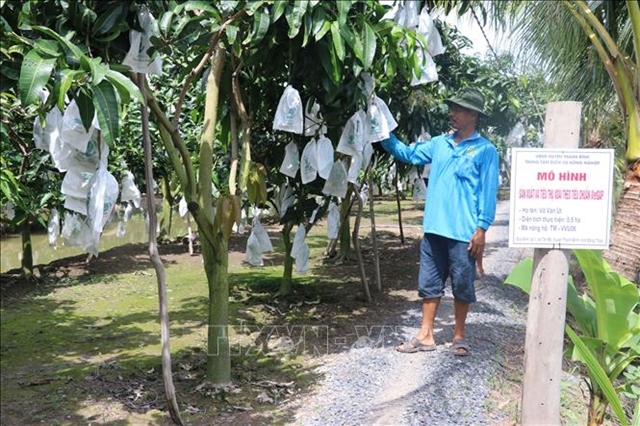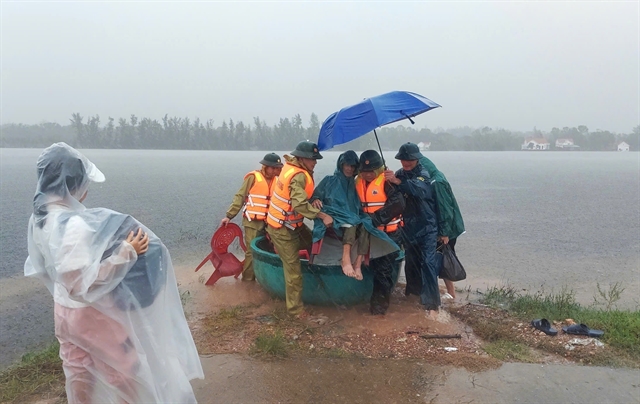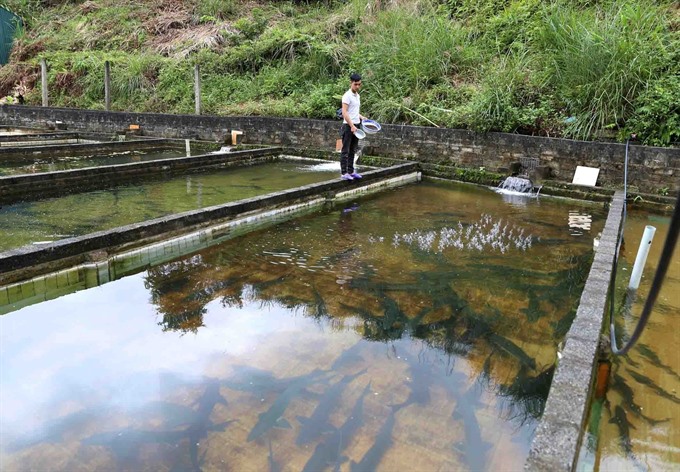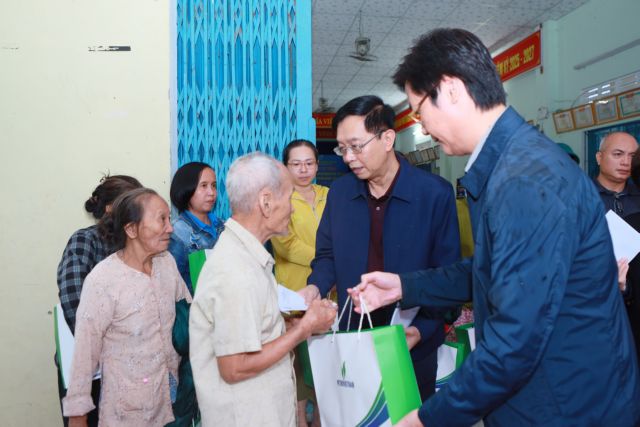 Politics & Law
Politics & Law

A national programme on new rural development, which originally focused on improving livelihoods and living quality for residents in rural communes, will be scaled down to hamlet and village levels in remote and economically disadvantaged areas.
 |
| A sturgeon farm in La Bằng Commune, Đại Từ District in the northern province of Thái Nguyên has been developed in accordance with farming criterion – one part of the 19 criteria set for the new rural areas including planning, infrastructure, socio-economic development, culture and the environment. The commune was recognised as a “New rural area” in 2015. — VNA/VNS Photo Vũ Sinh |
ĐIỆN BIÊN — A national programme on new rural development, which originally focused on improving livelihoods and living quality for residents in rural communes, will be scaled down to hamlet and village levels in remote and economically disadvantaged areas.
Praising the efforts and innovative methods used by provinces of Thanh Hoá, Nghệ An and Thái Nguyên, Deputy Prime Minister Vương Đình Huệ has asked for the construction of new rural villages and hamlets nationwide.
“Building new rural areas requires a new mindset and new ways of doing things. The central Government’s direction is important, but it’s ultimately the innovation of the community and people that decide the success of the programme,” said Deputy PM Huệ, who also leads the steering committee for the National Target Programme on New Rural Development, at a conference held on Friday in Điện Biên.
The effective application of new rural construction in tandem with homestay tourism or the ‘one commune, one product’ model in provinces of Hà Tĩnh, Quảng Ninh and Nam Định had brought about significant improvements to local economies.
The central province of Thanh Hoá was the first in the country to adopt a new rural model for villages and hamlets five years ago, using a smaller budget to make it easier to achieve the criteria.
“In addition to implementing new rural communes as per the national target programme, Thanh Hoá’s government has been building new rural villages and hamlets. Successful building of new rural villages and hamlets would surely lead to the successful building of new rural communes,” Trần Đức Năng, deputy chief of Thanh Hoá’s new rural programme co-ordinating office, said at the conference.
According to Năng’s report, new rural construction has changed local production mindsets, raised incomes by 2.5-3 times and reduced the number of poor household by 4-5 times.
Sharing the same idea, Điện Biên Party Committee Secretary Trần Văn Sơn claimed that to transform the remaining 100 communes in his mountainous province to new rural models would cost an estimated VNĐ20 trillion (US$856.6 million), a figure beyond the Government’s budget and social contributions in the short term.
Deputy PM Huệ stressed that the development of new rural areas at village and hamlet level, in combination with sustainable poverty alleviation, was an important policy aimed at bridging the development gap between different regions.
“It’s unacceptable when the lives of rural people in the deltas have improved so much, while people in remote and border areas are still struggling with poverty,” he commented.
To facilitate the implementation of the new rural building programme, the Deputy PM asked State Bank of Việt Nam and other credit institutions to offer appropriate credit lines, especially for production and basic infrastructure projects.
He also urged authorities to listen to public opinion and promote discussions to select the right projects and criteria that would be most practical and helpful to local lives.
After eight years of implementing the national programme, 3,370 communes, or 37.76 per cent of the country’s communes, had met the 19 criteria set for the new rural areas including planning, infrastructure, socio-economic development, culture and the environment.
Currently, there are over 2,139 communes across the country classified as ‘particularly economically challenged’. Many provinces, mostly in northern mountainous areas such as Hà Giang, Lạng Sơn, Sơn La and Lào Cai, have over 100 poor communes.
Trần Thanh Nam, deputy minister of Agriculture and Rural Development, said that the project to help villages and hamlets in remote and island areas to build new rural areas in the 2018-20 period would cover 3,500 villages and hamlets in 360 poor communes in 35 provinces.
The programme’s goals are to increase local income by 1.6-1.8 times compared to 2015 and bring down the poverty rate by 3-4 per cent each year. — VNS




